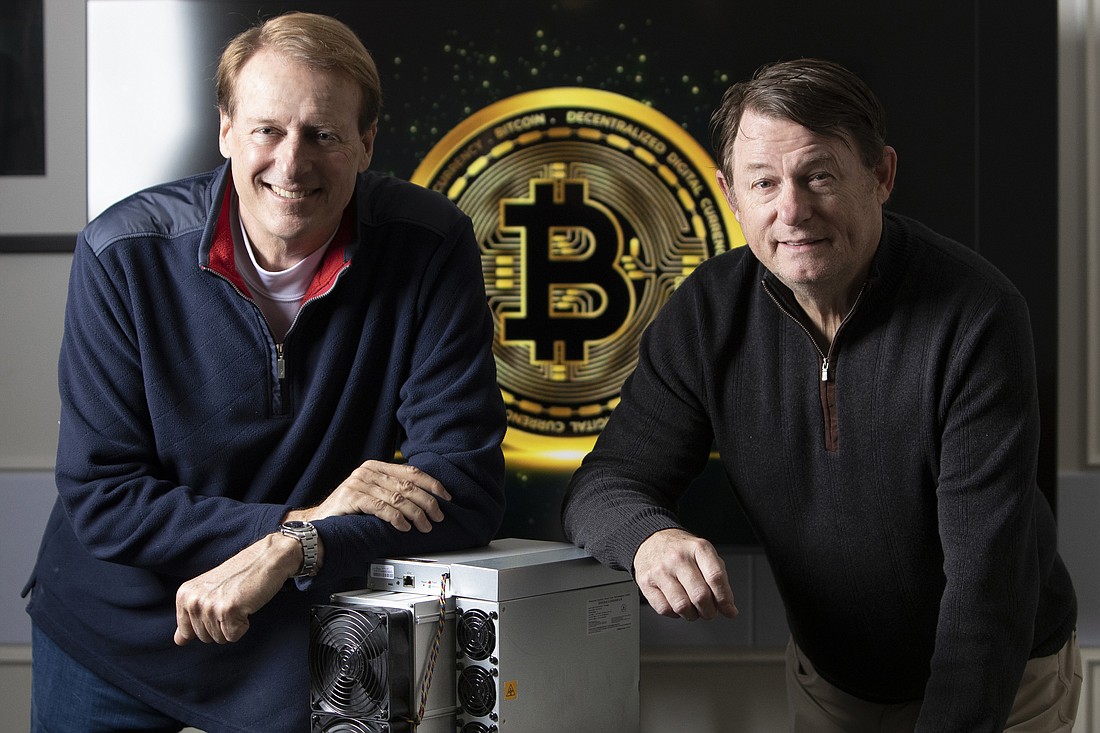- December 13, 2025
-
-
Loading

Loading

Tampa entrepreneur Bruce Rodgers, after a decade-plus in the low-key industry of funding homeowners associations hit by hard times, likely didn't think he would become a bitcoin boss one day.
But there he was in New York City recently, likely telling investors why the Tampa-based, publicly traded holding company he oversees, LM Funding America, is undervalued and ready to bust out with bitcoin.